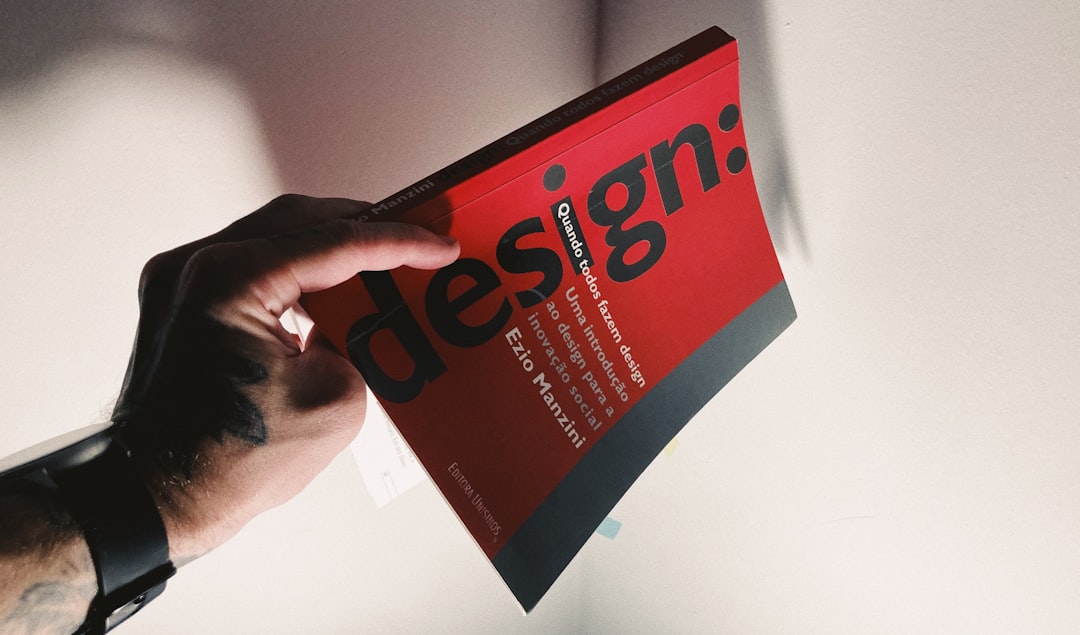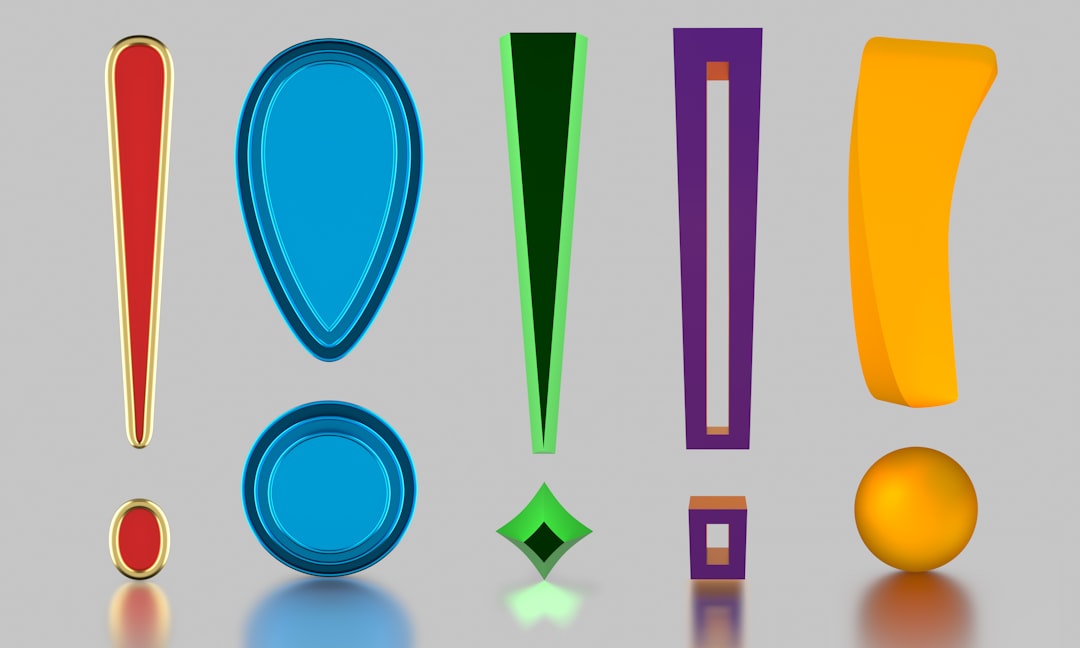How Designers Corrected Logos With Inconsistent Iconography Across Variants and the Style Guide Enforcement That Ensured Cohesion
Logos are meant to be a brand’s identity. Clean. Consistent. Recognizable anywhere. But what happens when a company has too many versions of its logo, and they all look just a little different from each other? Yep—you get iconographic chaos. In this article, we’ll look at how clever designers tackle messy logos and unify them using well-crafted style guides.
TLDR:
Table of Contents
Logos often go rogue when used across lots of platforms or departments. Designers step in to fix inconsistencies in color, shape, and style. Style guides are created to keep logos in line and easy to use everywhere. It’s all about making a brand look sharp, every time.
How Did Logos Go So Wrong?
Let’s start with what goes wrong. Many companies, especially big ones, have their logos used all over the place—on websites, app icons, posters, mugs, and even airplane tails. Over time, small changes creep in:
- A slightly different shade of red here
- The icon placed too close to the text there
- A bevel effect or drop shadow added for flair
Before long, there are five or six versions of the “same” logo floating around. Each one looks a bit different. And that’s a big problem. It weakens brand identity. Customers start to question—are these even the same company?
The Designer’s Mission: Rescue the Logo
Once designers notice these inconsistencies, it’s time to save the day. Their job is to clean up the chaos and bring everything back into sync. The first step? A logo audit.
This means:
- Collecting every version of the logo being used
- Identifying differences in size, color, spacing, and style
- Talking to departments who created these variants
Sometimes, teams create alternate logos for specific reasons—like a version with higher contrast for visibility on dark screens. That’s okay! But it still needs to match the core brand in tone and design.

Rebuilding the Logo Family
Designers then start shaping a new system. They create a single, clean version of the logo that all others are based on. This is called the primary mark.
From this, they might create:
- A stacked version for vertical use
- A monochrome version for black-and-white printing
- A favicon version for web browser tabs
Each one looks a little different but keeps the same key traits—like the same font, same spacing, and same icon. It’s like a family of matching siblings: not identical, but clearly related.
Enter the Style Guide
But how do you stop designers and marketers from going rogue again? That’s where a style guide comes in. Think of it as the rulebook for your logo’s life.
Here’s what a simple style guide might include:
- Logo Versions: Primary, stacked, icon-only, etc.
- Color Palette: Approved hex codes and when to use them
- Spacing Rules: How far the logo must sit from other content
- Wrong Ways to Use the Logo: No stretching, no changing colors, no adding shadows
Some style guides are just a few pages long. Others are entire websites with downloadable assets and FAQ sections. Either way, they help teams stay on-brand without having to guess.

Success Stories: Brands That Got It Right
Many big brands have gone through logo cleanups. Here are a few cool examples:
- Google: In 2015, Google shifted to a simple, geometric sans-serif typeface. It also launched a clean icon system used across its products.
- Spotify: Spotify had green icons of all shades across platforms. Designers unified the green and rebalanced the spacing for clarity. Result? Much more cohesive branding.
- Airbnb: When Airbnb introduced the “Bélo” icon, it came with a full style guide. This helped regional teams roll out the brand identity globally without confusion.
These redesigns weren’t just visual updates. They included rules, systems, and tools to keep everything running smoothly.
Common Problems Fixed by Style Guides
- Color Drift: Fixing logos that slowly morph into off-brand hues over time.
- Font Mishmash: Replacing random fonts with standard brand typography.
- Icon Sizing: Standardizing how big icons should be in different contexts.
- Crowded Layouts: Creating margins and safe zones around logos.
Even little things matter, like making sure the logo doesn’t appear blurry on high-resolution screens, or that it’s legible at different sizes.
Training Teams (Without Boring Them)
Style guides don’t work if no one actually follows them. So, smart designers evangelize them to every team that touches the brand.
How? They give fun presentations. They run quick workshops. They even create sticker packs with the new icons—because everybody loves stickers.
They also make these materials easy to find. Most companies now use cloud tools to create interactive brand portals where anyone can grab the correct logo, check usage guidelines, or ask a question.
Tools That Help Designers Stay on Track
Designers have a toolkit that helps them clean up and maintain brand systems. Here are a few:
- Figma: Great for creating reusable design components
- Adobe Illustrator: Often used to redraw and optimize logos
- Zeroheight: For building live, shareable style guides
- Brandfolder / Frontify: Asset managers that make guides easy to access
These tools make sure everyone, from marketing interns to product engineers, can quickly pull the right version of the logo in the right format.
Final Thoughts: Logo Harmony Achieved
Logo inconsistency happens to the best of brands. But with a sharp design eye, a clear set of rules, and a bit of internal cheerleading, designers can not only fix the mess—they can stop it from happening again.
At the end of the day, it’s about trust. A consistent logo tells people, “We’ve got our act together.” That goes a long way in building a brand people recognize and remember.
So next time you see a logo that always looks crisp, clean, and familiar—thank a designer. They probably fought some serious icon wars in the background to make it happen.






